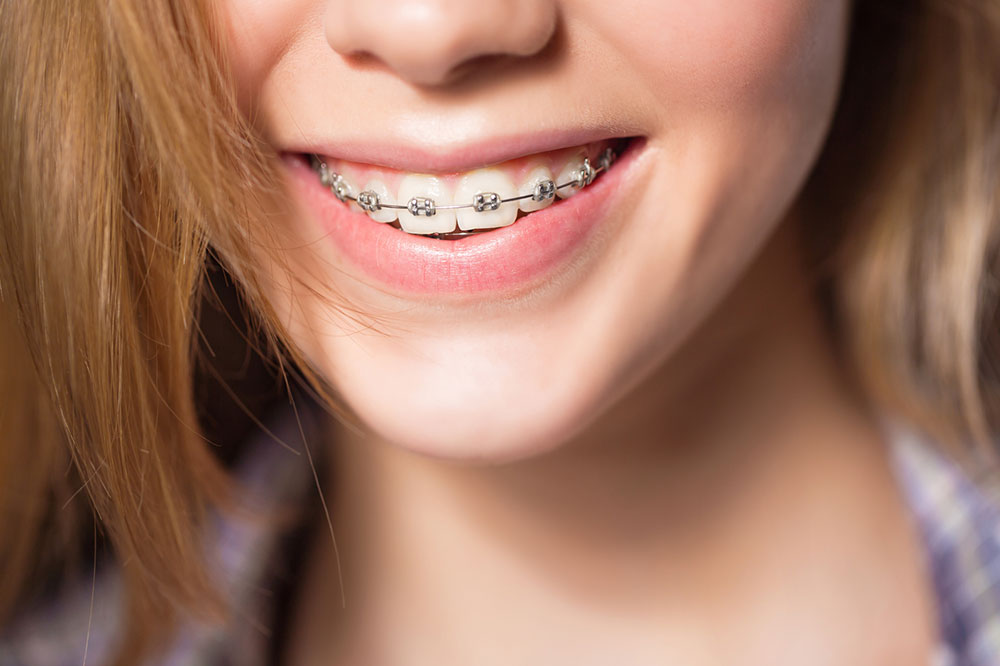Comprehensive Guide to Factors Affecting the Cost of Invisible Dental Aligners
This comprehensive guide explores the key factors influencing the cost of invisible dental aligners, including location, dental complexity, and age. It provides insights into choosing the right treatment and understanding pricing differences, helping patients make informed decisions about their orthodontic options. With an emphasis on affordability, benefits, and customization, this article is a valuable resource for anyone considering clear aligners as a discreet orthodontic solution.

Comprehensive Guide to Factors Affecting the Cost of Invisible Dental Aligners
In recent years, the popularity of clear aligners has surged among adults and teenagers seeking a discreet, effective way to straighten their teeth. Known colloquially as invisible braces, these orthodontic devices have revolutionized dental aesthetics, offering a comfortable alternative to traditional metal braces. As more individuals opt for these virtually invisible devices, understanding the factors that influence their pricing becomes crucial for making informed decisions about orthodontic treatment. This extensive guide delves into the myriad elements that affect the cost of invisible dental aligners, from dental complexity to geographic location, ensuring you are well-equipped to evaluate your options.
What Are Invisible Dental Aligners?
Invisible aligners are personalized, transparent trays made from high-quality plastic that work gradually to correct dental misalignments. Dentists and orthodontists custom-design these trays based on detailed digital scans or molds of your teeth. The aligners fit snugly over your teeth and apply gentle, consistent pressure to move teeth into optimal positions over time. Unlike traditional braces, these aligners are removable, allowing for easier maintenance of oral hygiene and a more aesthetic smile during treatment.
Reasons to Choose Invisible Aligners
Many patients prefer clear aligners due to their superior aesthetic appeal and convenience. Since they are virtually invisible, aligners blend seamlessly with your natural teeth, making them ideal for adults and professionals concerned about appearance. Additionally, their removable nature allows you to eat, drink, brush, and floss without restrictions, leading to better oral health and comfort. Customization ensures each set of aligners fits perfectly to your dental anatomy, which enhances effectiveness and comfort during the treatment process.
Understanding the Cost of Invisible Aligners
To plan your dental budget effectively, understanding the typical costs associated with invisible aligners in your area is essential. While prices can vary, having an estimate helps manage expectations and prepares you for financial planning.
Variations in Cost Based on Geographical Location
The cost of invisible aligners can differ significantly depending on where you live. Larger cities and urban centers tend to have higher prices due to elevated operational costs, rent, and competition among dental clinics. For example, in metropolitan areas like Sydney and Melbourne, the treatment prices tend to be higher compared to regional towns and rural areas, which offer more affordable options. This regional disparity means that residents in major cities might pay premium rates, whereas those in less populated areas can often find more budget-friendly solutions.
On average, the cost for adult aligner treatment in Australia starts around AUD 6,000. However, in big cities, prices can easily exceed this baseline, sometimes reaching AUD 8,000 or more depending on complexity. Smaller towns and rural regions may offer comparable treatment options at prices closer to AUD 5,500, making it accessible for more people to pursue orthodontic correction without breaking the bank.
Cost Variance Based on Age Groups
Treatment costs are also influenced by the age of the patient. Teenagers generally require shorter, less complicated treatment plans due to their ongoing growth, leading to lower costs, typically falling between AUD 3,500 and AUD 7,500. In contrast, adult patients with more complex dental issues, such as severe crowding or bite problems, may need longer treatment durations and more aligners, which increases the overall expense. Adults often require more extensive consultations and customizations, pushing costs toward the higher end of the spectrum.
Comparing Invisible Aligners with Traditional Braces
When considering orthodontic options, traditional braces—metal, ceramic, or lingual—are usually priced starting from around AUD 4,500. Although often more budget-friendly initially, traditional braces are more conspicuous and can cause discomfort during daily wear. Clear aligners, despite their higher upfront cost, offer distinct advantages such as nearly invisible appearance, removability, and increased comfort, which many find worth the extra investment. Various flexible financing plans and insurance coverage options can also help reduce the financial burden.
The ultimate decision depends on personal preferences, dental needs, and financial considerations. An initial consultation with a qualified orthodontist will clarify the total treatment costs and duration, helping you choose the best solution for your smile and budget. It is worth noting that although aligners might involve higher initial costs, their aesthetic benefits, comfort, and positive oral health impact can make them a valuable long-term investment.
Factors That Further Influence Pricing
Several additional factors can significantly impact the final cost of your aligner treatment:
1. Correction Complexity
During your consultation, your dentist will assess specific issues such as spacing gaps, overcrowding, misaligned bites, and jaw irregularities. Minor corrections tend to be less expensive because they require fewer aligners and shorter treatment times. Complex cases—such as severe malocclusion or jaw alignment problems—necessitate more extensive adjustments, additional aligners, and longer durations, which all increase total costs.
2. Treatment Duration
The length of your orthodontic journey is a critical factor. Treatments can last anywhere from several months to two or more years. Longer durations usually mean more visits for adjustments, replacements, and monitoring, which add to the overall price. Patients with complex dental issues requiring prolonged correction should budget accordingly.
3. Number of Aligners Required
Each set of aligners is typically worn for a few weeks before transitioning to the next. The total number needed depends on the extent of the correction, directly influencing the total treatment cost. Mild cases might require fewer than 10 sets, whereas complex corrections could involve 20 or more sets, significantly increasing expenses.
4. Insurance Coverage and Payment Options
Many dental insurance plans provide partial coverage for orthodontic treatments, including aligners. Eligibility and coverage levels vary, so confirming your insurance benefits beforehand can reduce out-of-pocket expenses. Numerous clinics also offer flexible payment plans, financing options, and discounts for upfront payments, making treatment more financially feasible.
In summary, the cost of invisible dental aligners depends on multiple factors including geographic location, dental complexity, age, and treatment duration. Doing thorough research and consulting with qualified orthodontists will help you better understand your specific needs and costs involved. Despite their higher upfront price, aligners offer aesthetic, comfort, and health benefits that often justify the investment, helping you achieve a straighter, more confident smile.




